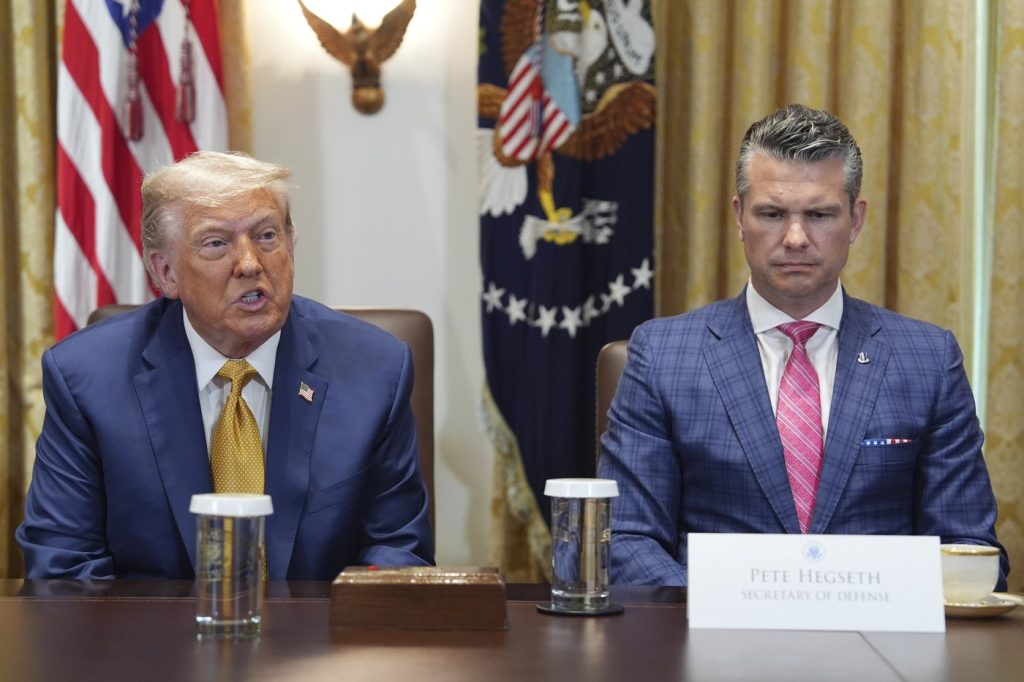U.S. President Donald Trump has announced plans to impose a 50% tariff on copper imports starting from August 1, aiming to enhance domestic production of this essential metal. The tariff was revealed on his Truth Social platform, citing copper's critical role in various industries, including semiconductors, aircraft manufacturing, and battery production. He emphasized the importance of copper as the second most utilized material by the Department of Defense, declaring, "America will, once again, build a DOMINANT Copper Industry."
In his announcement, Trump referenced earlier discussions about a potential copper tariff during a February presidential action, where he highlighted concerns about China's dominant position in global copper refining and characterized it as a national security threat. This latest tariff will be imposed in addition to the existing 50% tariffs on steel and aluminum imports, intensifying the ongoing trade tensions.
Canadian exports of copper to the United States have reached approximately $5.7 billion over the 12 months leading up to May. According to BMO senior economist Robert Kavcic, this amount presents a less severe impact compared to the steel and aluminum tariffs, where Canada exported around $34 billion worth of metal to the U.S. Quebec is expected to bear the brunt of this copper tariff since it is the primary location for copper exports and home to Canada's only copper smelter, which is owned by Glencore plc. Kavcic also indicated that there could be broader repercussions beyond direct economic impacts.
Economists are concerned that the implementation of a copper tariff, although limited in scope, could undermine business confidence significantly. The looming threat of such tariffs has already led to increased copper prices within the United States. Given copper's fundamental importance to the economy, higher prices could adversely affect overall economic growth, as noted by economist Dobner. He suggested that such conditions might lead to a less robust economy, ultimately pushing economic growth rates lower.
As the trade dialogue evolves, these developments mark a pivotal moment for the U.S. copper industry and underscore the intricate dynamics of global trade relations, particularly concerning key commodities and national security considerations.












